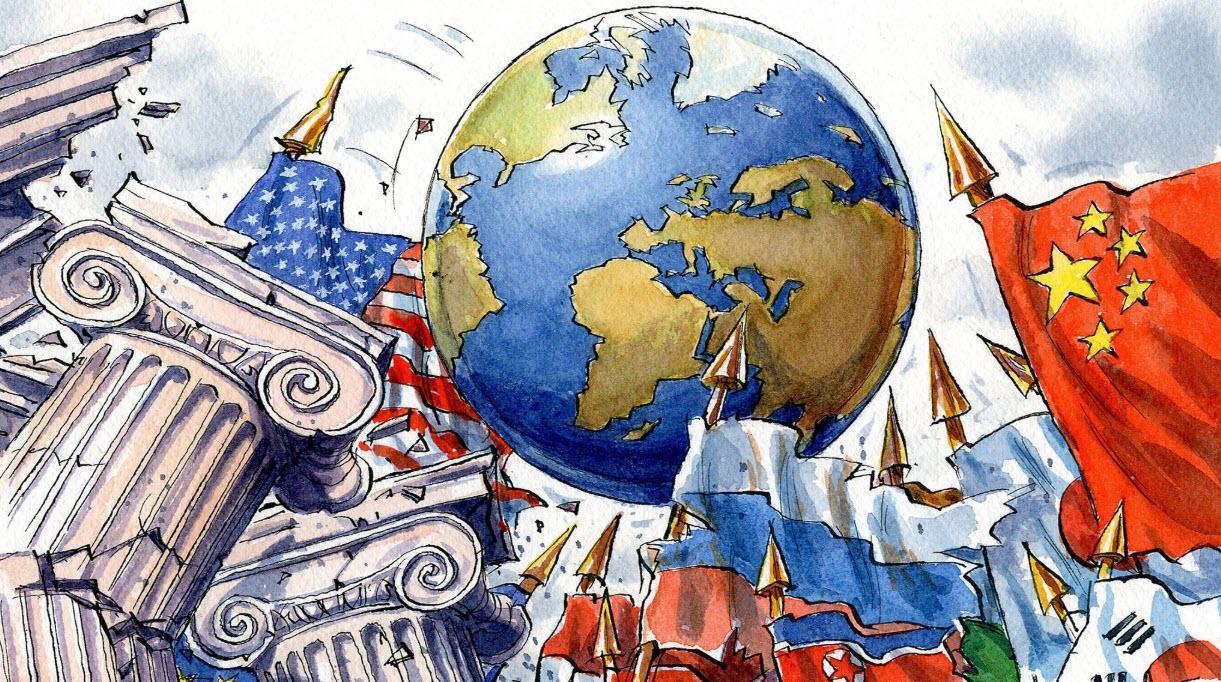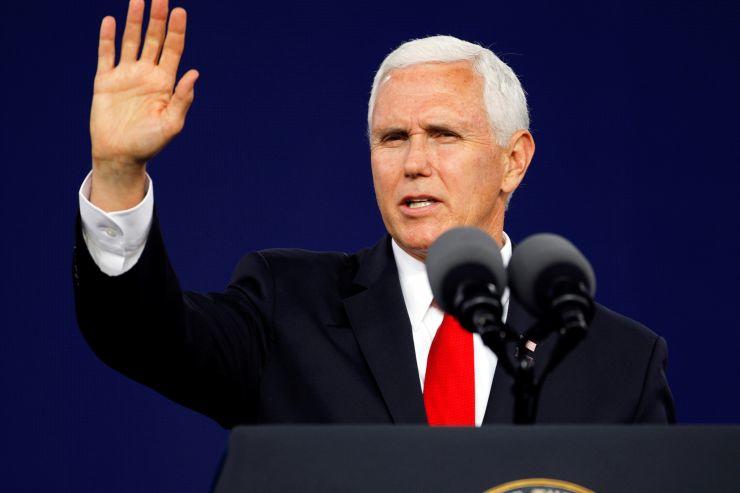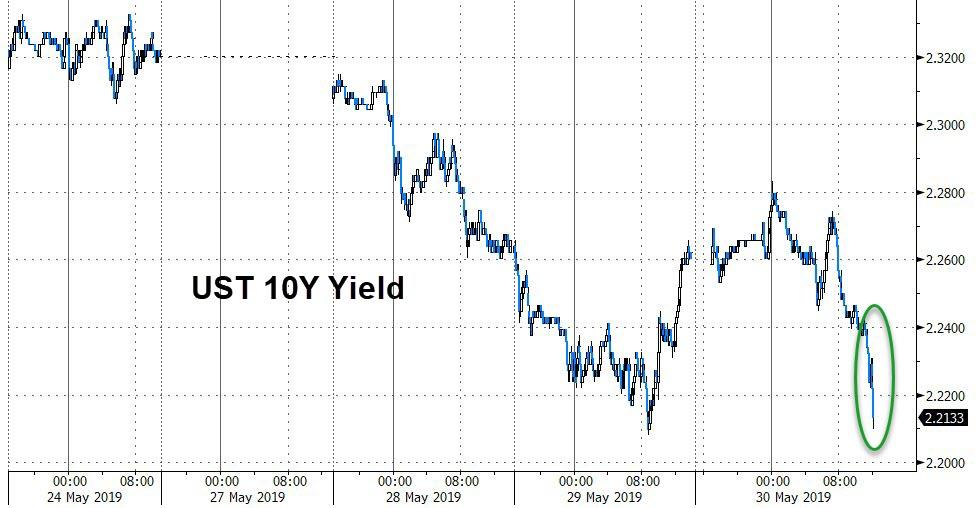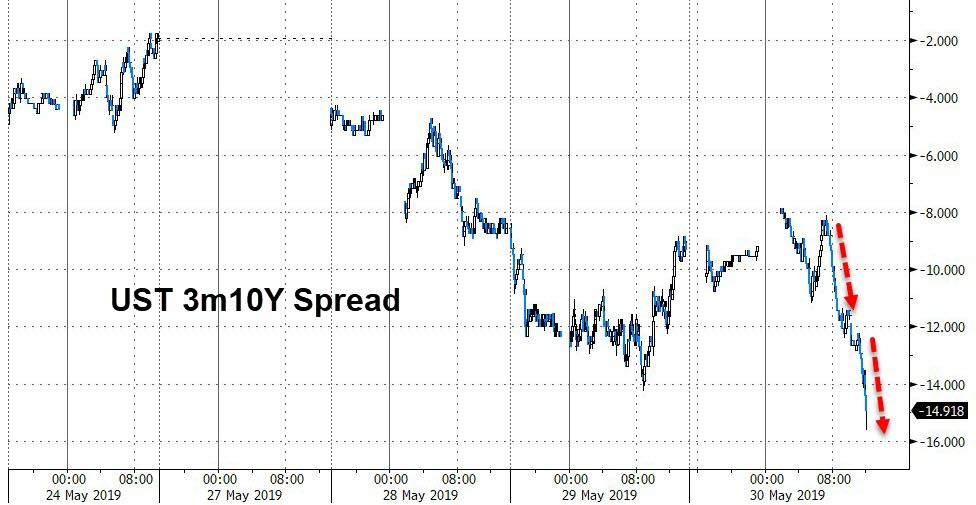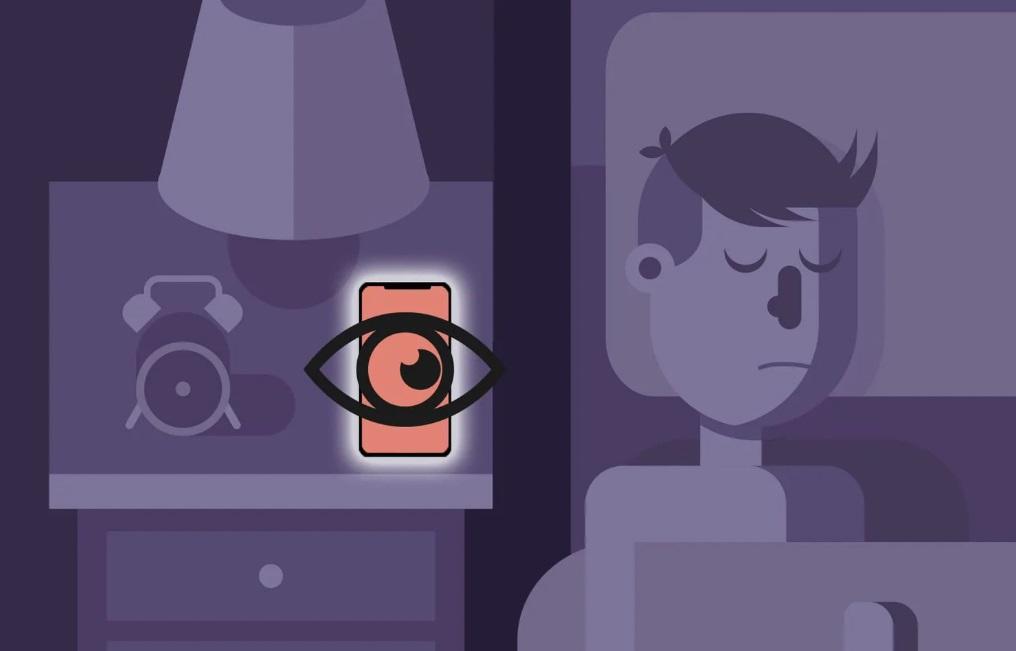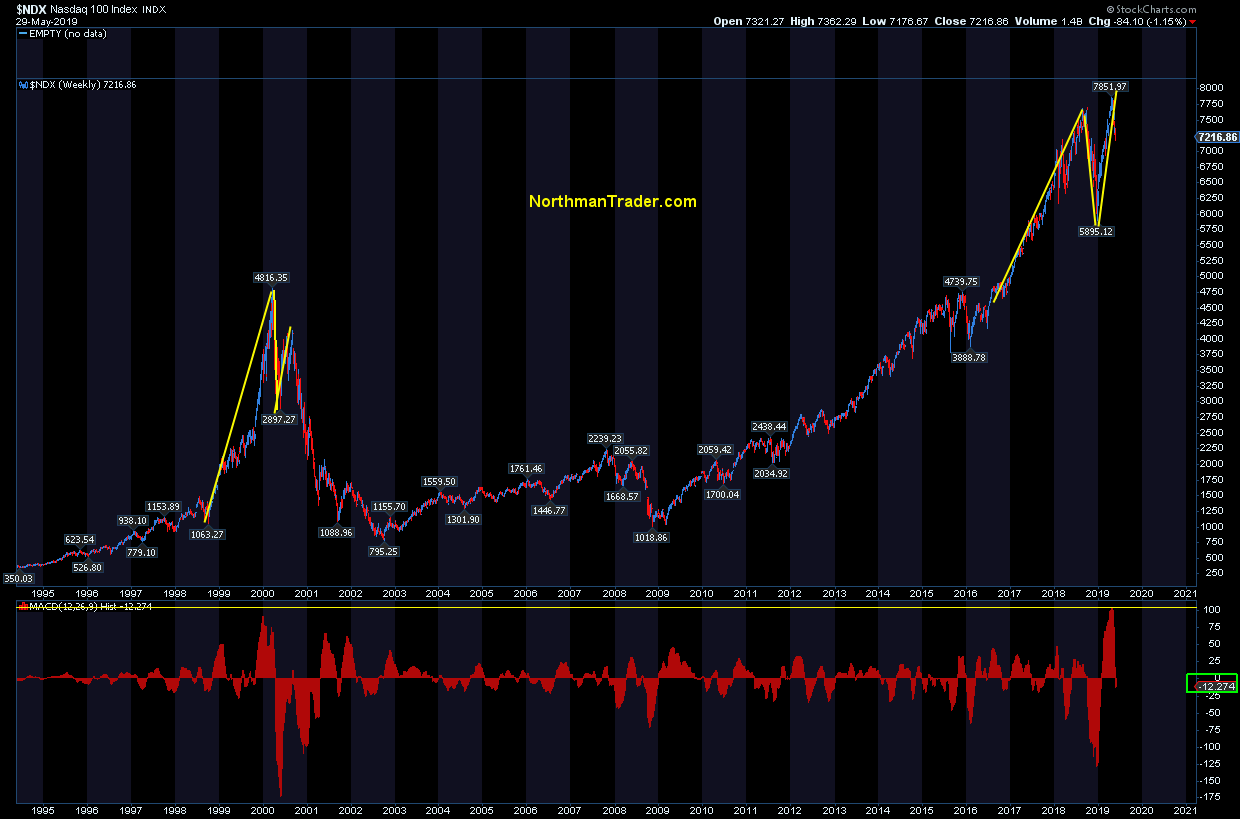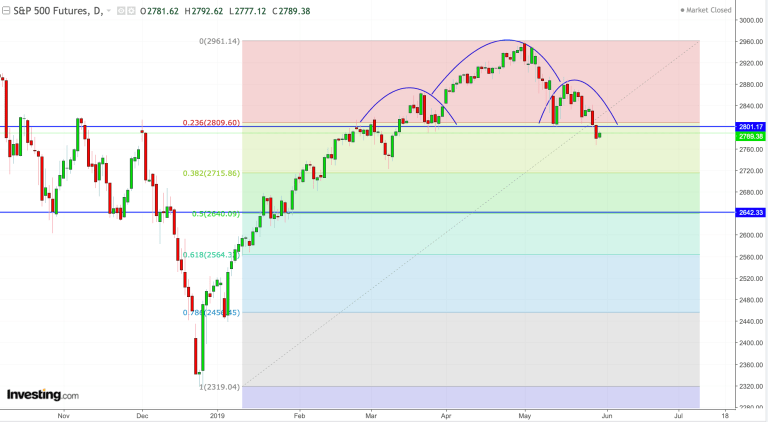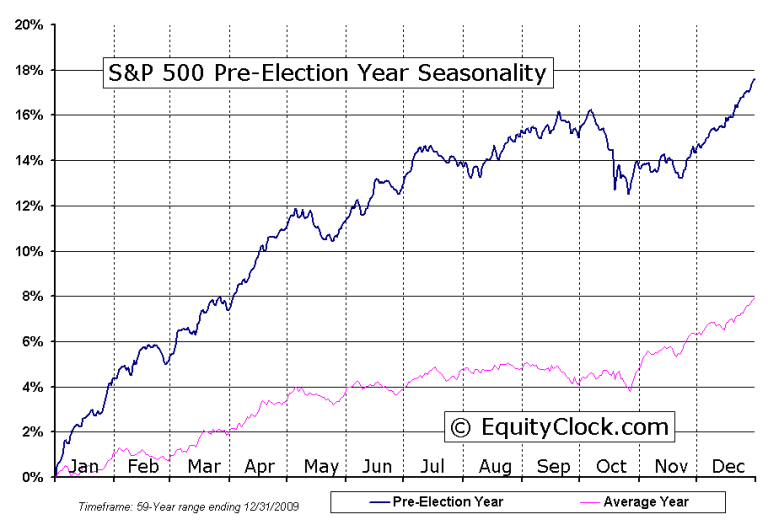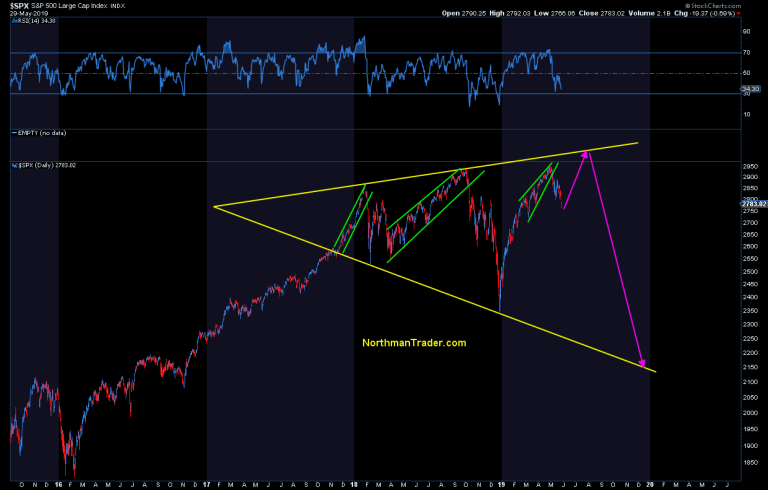This weekend’s European Parliamentary elections sent a lot of messages around the continent. The Euroskeptics gained while at the same time, their threat was met with a similar show of support for the European project.
The message was clear. The European Union isn’t working for many of the people in specific countries around Europe. From the U.K. to Hungary, Italy to Poland, there is a hardening of the dissatisfaction with the direction Brussels is going.
But is anyone there listening? No. They are all so committed to their planned future Europe and their smarmy version of cheap communism that all they can do is see the positives.
By gaming the outcomes through tying local elections to the European vote, for the first time in over 20 years voter turnout in Europhile countries was high enough to beat back the threat of the Euroskeptics and create the illusion of greater support than there actually is.
Winning through tilting the table is what Brussels does. The EU has been built, inch by inch, over the past 70+ years on lie after lie after lie. Vote after re-vote until they got the desired outcome.
When I call them cheap communists I mean it. Power is all they care about and the end, no matter what, justify the means. That the whole affair is covered in the thickest layer of smarm and virtue signaling makes it only that much more nauseating to watch.
The votes were barely counted when chief smarm-master himself, Donald Tusk, came out and told the world that Brexit was the vaccine for euroskepticism.
As if these election results, with inflated numbers for ALDE and the Greens, were a refutation of Euroskeptics; that the EU’s scare tactics in strong-arming the U.K. into submission actually worked.
But it didn’t. Brexit is more popular now than ever before. And no amount of spin will change that. The same thing goes for Hungary where Viktor Orban no longer needed a coalition to take 56% of the vote and 13 seats in parliament. His Fidesz party did that on their own.
The same goes for Italy. Matteo Salvini is on a roll, taking 34%.His Prime Minister Giuseppe Conti then cucks out asking what the agenda will be because he may not be able to support it.
Yet another example of the political casualties of Brussels’ scorched earth policy. Count him alongside Silvio Berlusconi, David Cameron, Theresa May, Francois Hollande, Alexis Tsipras in Greece and possibly Salvini’s coalition partner Luigi Di Maio who is calling for a confidence vote in his leadership of M5S.
At the same time, the markets are sending Donald Trump, the Federal Reserve and the rest of the monetary cranks the sternest message possible with inverting sovereign bond curves across developed markets.
The U.S. Yield Curve is collapsing into a complete joke as FOMC Chair Jerome “Deer in Headlights” Powell seems stunned by this turn of events. He can’t control Trump or the State or Treasury departments who are hellbent on isolating the U.S. on every front economically and diplomatically.
Bond auctions this week gave us the clearest picture of what’s going on. A blistering 2 year auction, followed by an unspectacular 5 year and a downright ugly 7 year.
Short duration is in higher demand than longer. Iceberg Dead Ahead.
So while the markets are screaming for a rate cut, Powell is worried that he’ll be blamed for blowing an equity bubble if he cuts rates. The dollar is busting out of its trading range while the euro and pound grind their way lower.
Trump looks willing to blow up the world economy in order to get his crappy Israeli/Palestinian ‘Deal of the Century’ passed. He’s been given warning after warning by everyone — Russia, China, Iran, Germany, the GCC nations — that this deal is a non-starter but he’s intent on getting it done so he can claim to have achieved something none of his predecessors have.
He’s unleashed the worst people in his administration to threaten and cajole the world into accepting their version of geopolitical reality. In his quest to make the world safe for Israel through forcing deals there and in North Korea, Trump is blackmailing the world with his reckless behavior.
We have military intelligence accusing Russia without evidence of violating the Comprehensive Test Ban Treaty. Presumably this is a preamble to John Bolton convincing Trump to ditch this agreement as well before it expires like the INF Treaty.
Meanwhile Fat Ass Mike Pompeo is threatening Europe with sanctions for using the EU’s flawed but available INSTEX vehicle for evading U.S. prohibitions on trading with Iran.
The message is clear, sell blue jeans to Iran and we’ll steal your money.
The time has come for Europe to decide if it is an independent actor or not. Is the EU ready to actually defend its members from the depredations of outside actors or does it just exist to leech off of them preferentially.
Because the message from Trump is clear. Everyone seems to want to just wait out Trump’s bullying in the vain hope it will end. But it won’t. Bullies don’t stop until they get their nose bloodied.
The only ones who have told Trump to go scratch at this point are Russia and Iran.
The Iranians refuse to talk to Trump because he’s an asshole and Putin won’t accept any unilateral demands made on him or his people, though he’ll take Trump’s phone calls. Putin just continues building relationships built on trust rather than tearing that trust down.
The Eurasian Economic Union (EAEU) held a summit in Nur-Sultan, Kazakhstan where Serbia and Tajikistan observed and the members hammered out details for free trade agreements with India, Egypt and Israel. Iran already has a free trade deal with the EAEU.
Next week the St. Petersburg International Economic Forum begins. The U.S. won’t be sending anyone over there. The same number we sent to China’s Belt and Road Forum last month. Meanwhile everyone else will be.
Putin will meet with Xi Jinping for the third time in four months while billions in deals settled without the U.S. dollar and therefore the purview of Trump’s threats will get done.
The message is clear. People are increasingly unwilling to buy what the West’s leadership is selling. In both Brussels and D.C., however, no one is listening.
Even if Trump isn’t down with where things are headed, even if he wants to do a deal with North Korea, climb down off the clock tower and put away the rifle he’s pointed at Iran his advisors won’t let him.
The bureaucracy around him refuses to implement his directives. Fingers stuck firmly in ears with agendas tucked under their arms whistling past their graveyards.
via ZeroHedge News http://bit.ly/2ELqdxo Tyler Durden
